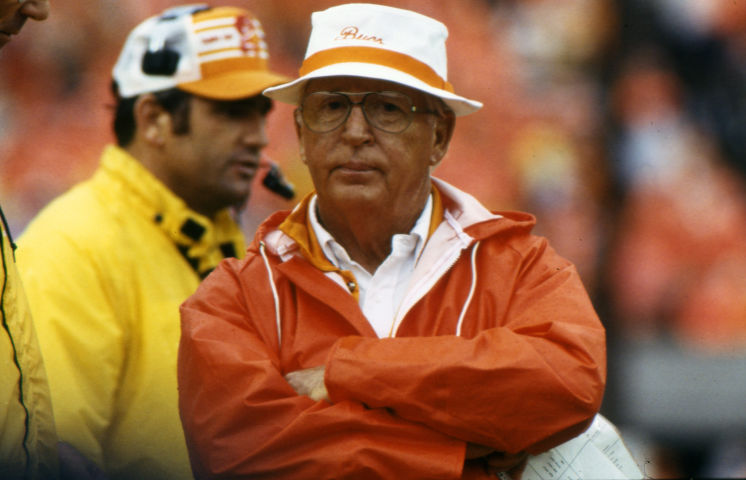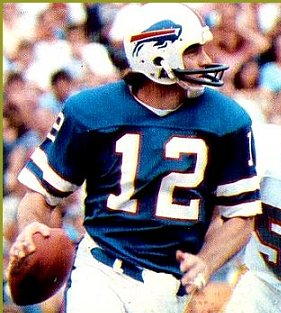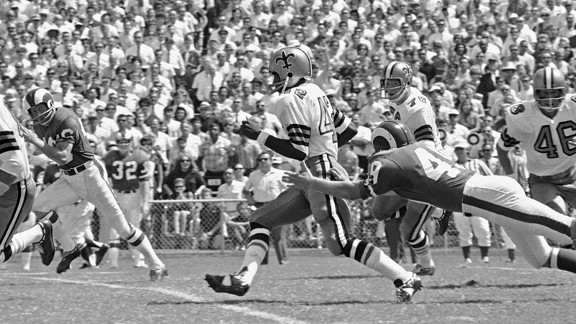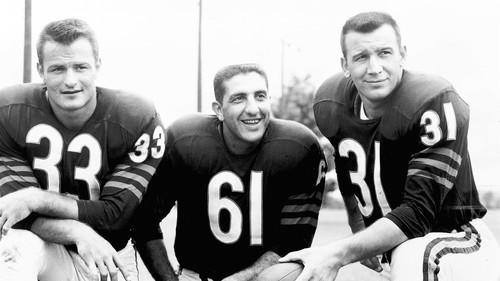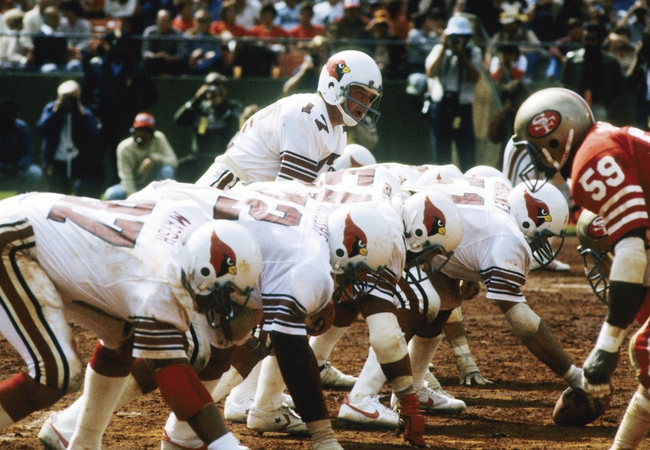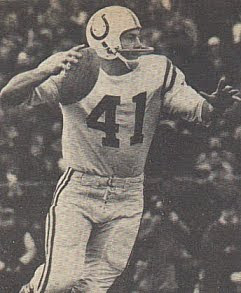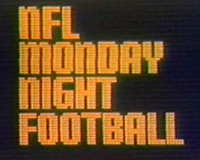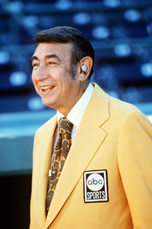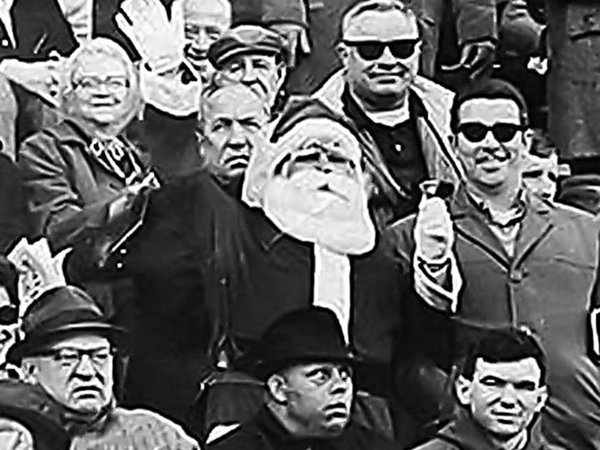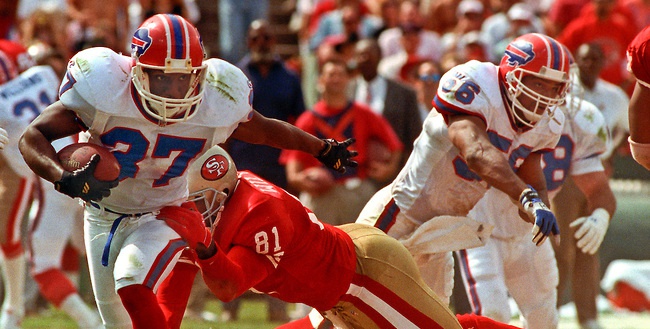The New York Jets and Miami Dolphins, who match up on this week’s NFL schedule, have played some memorable games over the years as AFC East rivals, but for this week’s Throwback Thursday feature game we’ll go back to September 21, 1986, when these 2 teams hooked up in a classic overtime shootout in which the Jets prevailed 51-45. The game saw two quarterbacks from the famous 1983 draft matched up against each other, Miami’s future Hall of Famer Dan Marino and the Jets’ Ken O’Brien, who didn’t have the Hall of Fame career that Marino and fellow ’83 draftees John Elway and Jim Kelly had but did have his moments in the sun over the years. This game was definitely one of those moments, as he matched Marino throw for throw in leading his Jets club to the OT win. The 2 teams combined for 1,066 yards of total offense in the game, mostly aerial yards as both had a pair of receivers go for over 100 yards receiving. Miami’s “Marks Brothers” duo of Mark Duper and Mark Clayton both had awesome days, with Duper catching 7 passes for 154 yards and a pair of touchdowns and Clayton snagging 8 for 174 yards and a score. Marino, in his usual style, ignored his running game and threw for 6 touchdowns on 30 of 50 passes for 448 yards. O’Brien threw less times for more yardage, connecting on 29 of 43 for 479 yards and 4 scores, all of which went to his star wideout, Wesley Walker, who had a career day with 6 catches for 194 yards and the 4 TDs. Fellow Jet receiver Al Toon also went for over 100 yards. The O’Brien to Walker vertical passing attack was something Miami’s defense never figured out all game long. The duo connected on scoring throws of 65, 50 and 21 yards in regulation, then hooked up on a 43 yarder in overtime to get the win.
The Jets also mixed in a semblance of a rushing attack, with Johnny Hector gaining 82 of his team’s 132 rushing yards while also scoring a pair of rushing touchdowns. The Jets went on to finish the season 10-6 to earn a wild card playoff berth. They defeated Kansas City in the wild card round but lost a double overtime heartbreaker to the Denver Broncos in the divisional round.
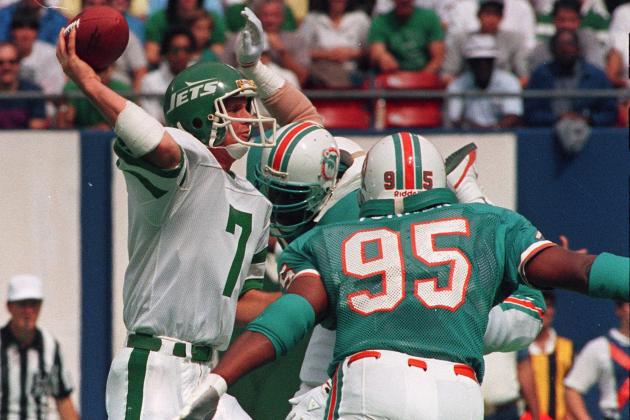
Jets’ QB Ken O’Brien eludes Dolphin defenders
